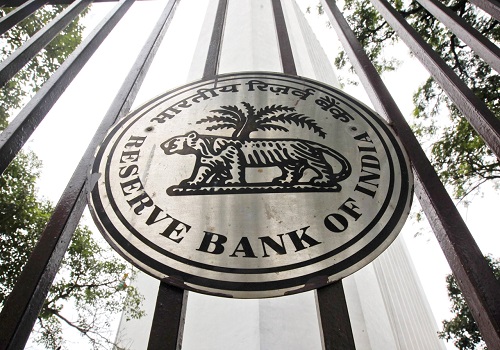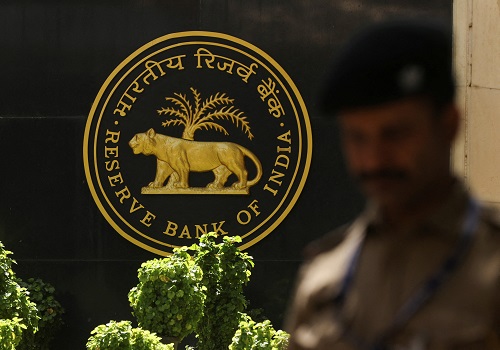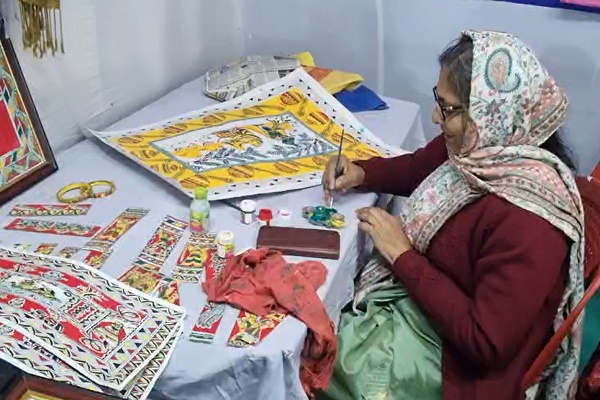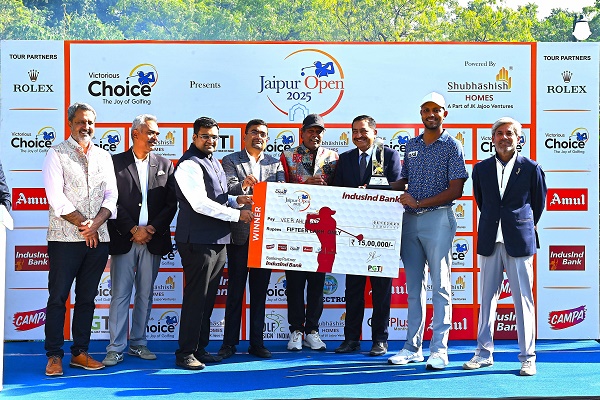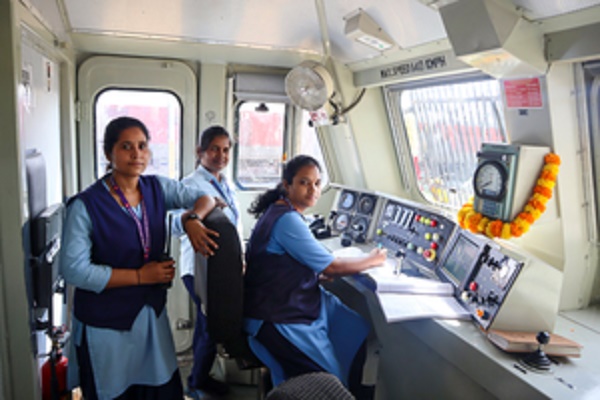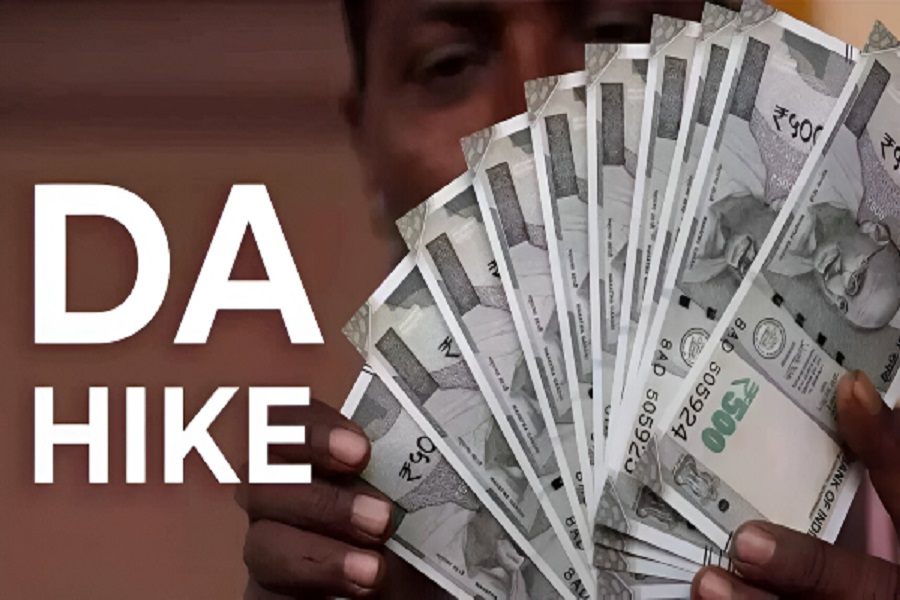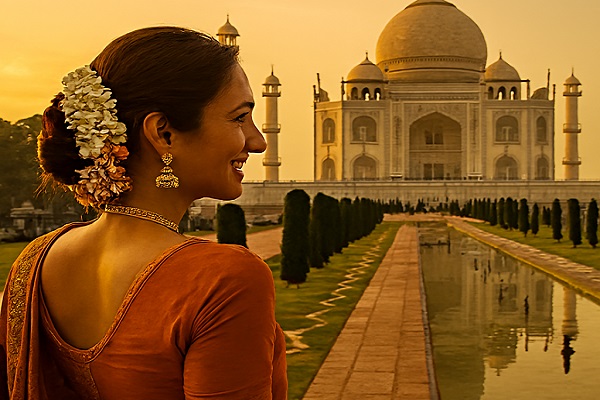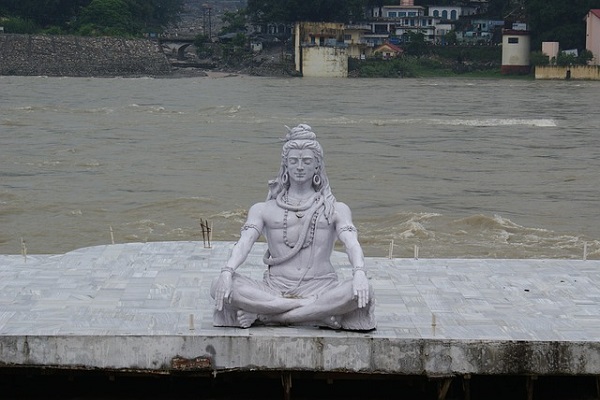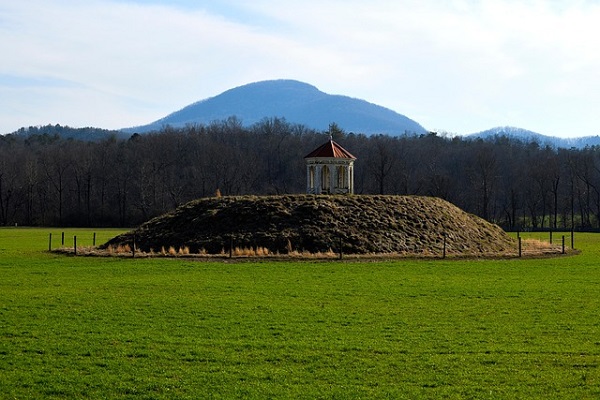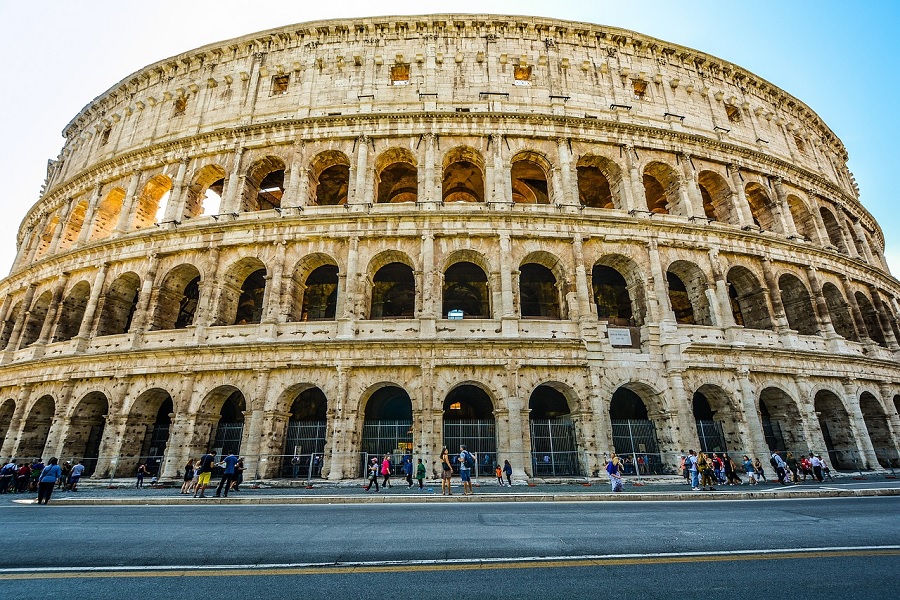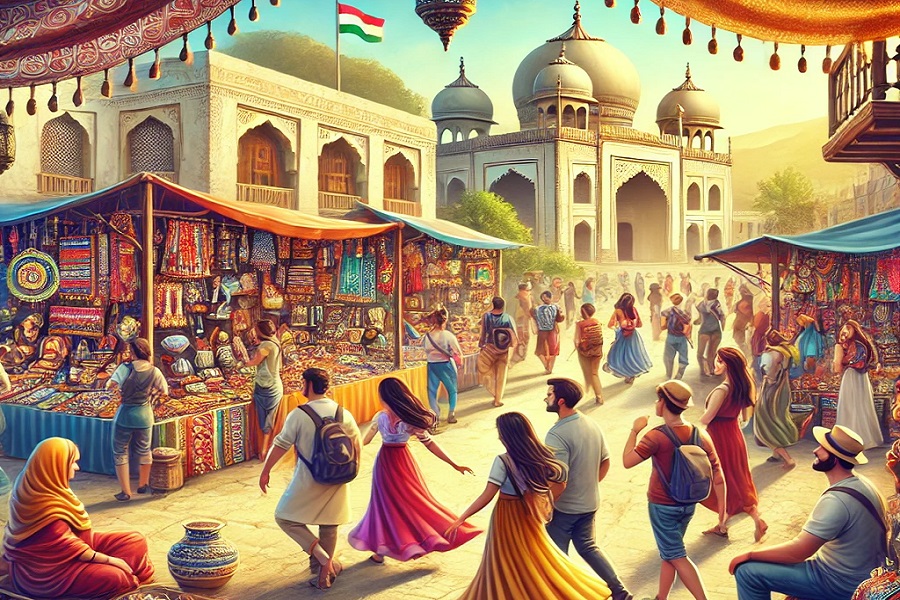Cultural Tourism in India Gets a Boost as Heritage Travel Rises in Popularity

Cultural tourism is experiencing a significant resurgence in India as travelers increasingly seek authentic, heritage-rich experiences. According to the latest report from the Ministry of Tourism, visits to historical sites, traditional festivals, and cultural circuits have grown by 28% year-on-year in 2024–2025.
What’s Driving the Trend?
Post-Pandemic Travel Shift
After years of restricted international travel, both domestic and foreign tourists are rediscovering India’s cultural wealth—from ancient temples to folk arts and regional cuisines. Travelers now want more than just sightseeing; they want storytelling, interaction, and immersion.
Government Push Through ‘Dekho Apna Desh’
The Union Government’s ‘Dekho Apna Desh’ campaign has been instrumental in reviving interest in culturally significant destinations. Initiatives like heritage walks, digital guide apps, and local artisan showcases are drawing attention to lesser-known gems such as Orchha (Madhya Pradesh), Hampi (Karnataka), and Ziro (Arunachal Pradesh).
Rise of ‘Culture Influencers’
On platforms like Instagram and YouTube, travel creators are gaining popularity for promoting handloom villages, tribal rituals, local culinary arts, and historical storytelling. This digital exposure is turning forgotten heritage sites into cultural hotspots.
International Tourists Returning to Roots
The demand from Non-Resident Indians (NRIs) and foreign visitors for “root tourism” or “spiritual heritage tours” is booming. Destinations like Varanasi, Bodh Gaya, Khajuraho, and Rameswaram are witnessing increased footfalls from travelers tracing family origins and religious history.
UNESCO Recognition Fuels Footfall
The recent UNESCO inclusion of Sacred Ensembles of Hoysala Temples and Santiniketan (Tagore’s university town) has sparked global curiosity and boosted inbound travel to Karnataka and West Bengal.
Industry Response:
Luxury travel brands and boutique tour operators are responding with curated packages that blend culture, comfort, and sustainability. Taj Hotels and Airbnb India now offer heritage homestays and palace stays, while IRCTC has revived its Bharat Gaurav Train for themed journeys like “Ramayana Yatra” and “Sufi Trail.”
Craft clusters in Kutch, Rajasthan, and Assam are offering immersive artisan experiences including pottery workshops, textile weaving, and folk performances.
Quote:
“Cultural tourism is not just about monuments anymore—it’s about engaging with living heritage,” says Ananya Roy, Director of India Heritage Travel Association. “People want to eat the food, dance to the music, and live a day in the life of a local.”
The Road Ahead
As India positions itself as a global cultural hub, experts suggest increased investment in infrastructure, digital storytelling, and local employment to sustain this momentum. Cultural tourism is proving not only to be a driver of economic revival in rural regions but also a bridge between generations and global communities.
